Planning to travel to South Africa, I had no doubt that I would visit Johannesburg.
Joburg or Jozi, as the locals refer to Johannesburg, is the capital of the richest South African province, Gauteng, and not only the biggest city in South Africa but also one of the 50 largest urban areas in the world.
Established in 1886 following the discovery of gold, Johannesburg grew rapidly and is now South Africa’s commercial, financial, industrial and cultural hub.
With two airports, Johannesburg is the principal gateway to South Africa and a transit point for connecting flights to Cape Town, Kruger National Park and Durban. And this is why you should take advantage of and visit Johannesburg. But this is not the only reason…
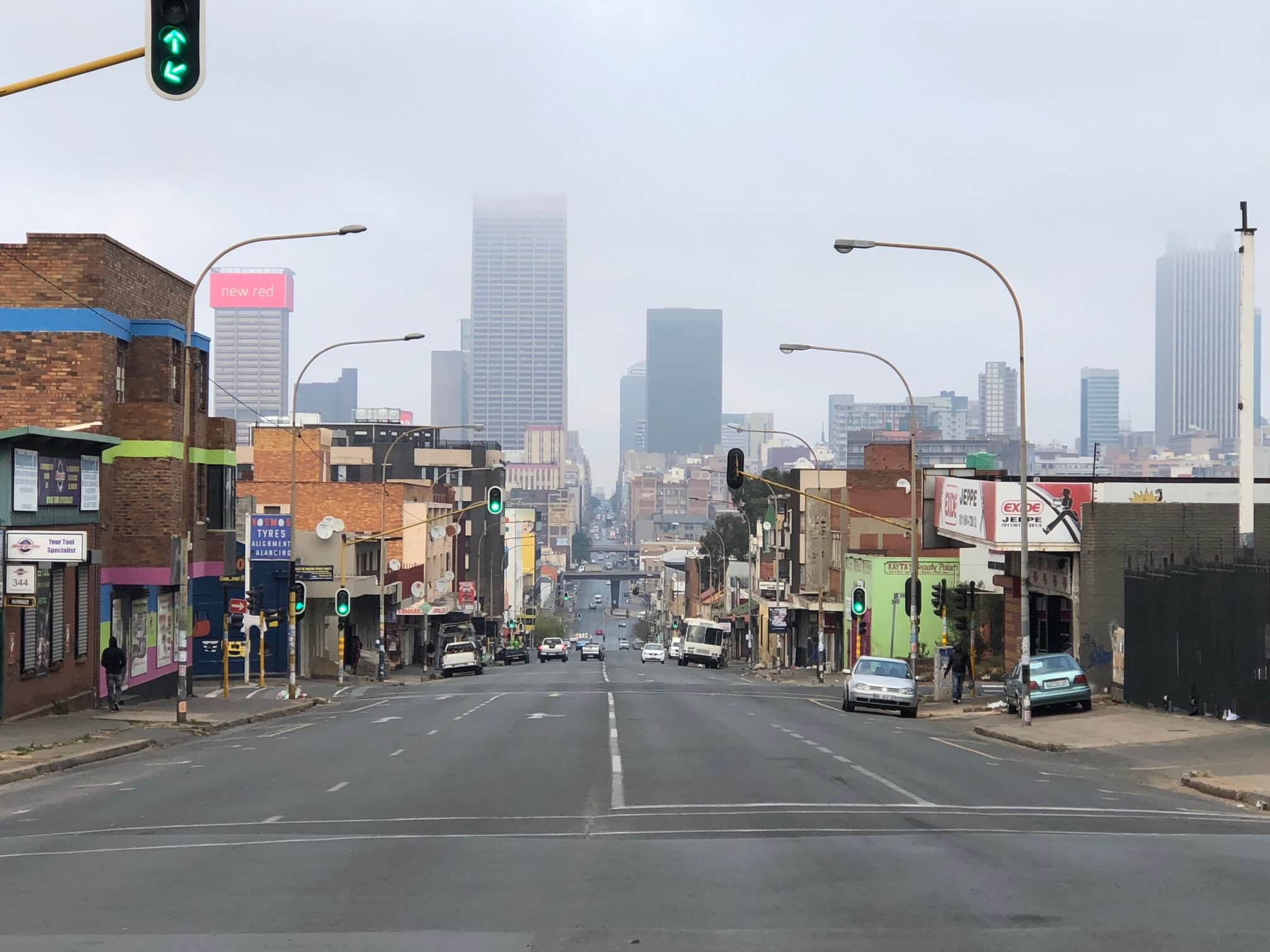
Table of Contents
6 Reasons to Visit Johannesburg
Like many other big cities in the world, Johannesburg is very dynamic, cosmopolitan and has many things to offer the tourist.
I spent only three nights and three days in Johannesburg, but I loved it. The vibe is very different from any other city that I visited in South Africa, people are very friendly and the tourist attractions are excellent.
If you’re still wondering if you should visit Johannesburg, below are 6 reasons why you should.
1 – The Touching Apartheid Museum
If there was a place that I really wanted to visit in Johannesburg, it was the Apartheid Museum!
Opened in 2001, this museum illustrates the rise and fall of Apartheid: a former system of social segregation and political and economic discrimination that originated in South Africa in 1948 and lasted until the early 1990s.
The collection features provocative film footage, photographs, text panels and artefacts exemplifying the events and human stories that are part of this unfortunate regime.
I must say that a visit to the Apartheid Museum is heartbreaking! When you start seeing pictures and reading what black South Africans went through, tears will come. I had to hold mine in at least twice…
Reserve at least three hours to visit this museum. You will leave it completely touched and ashamed of this chapter of humankind’s history.
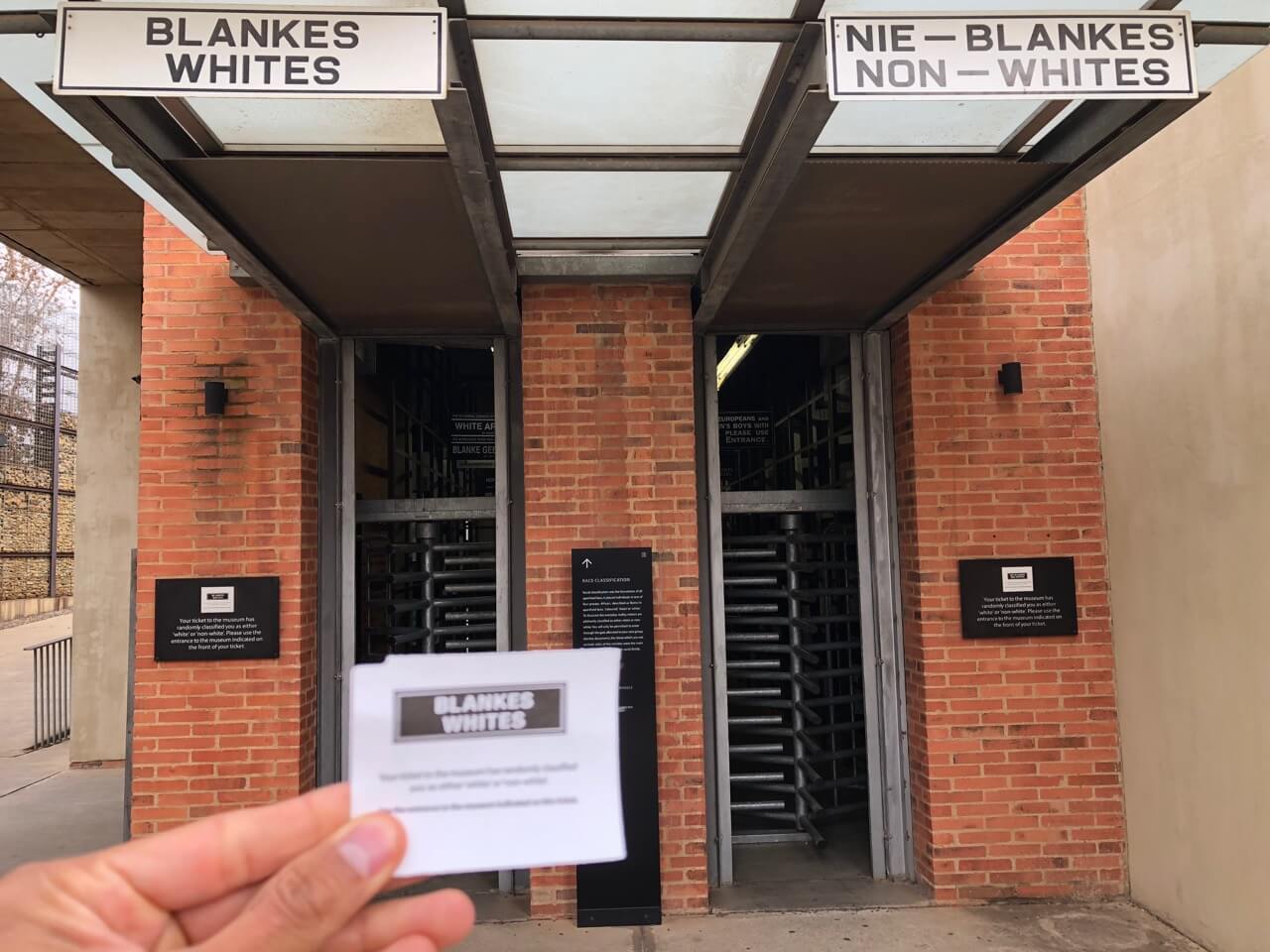
2 – The Shocking Constitution Hill
In addition to the Apartheid Museum, Constitution Hill, a former prison and military fort, is another place to learn about South Africa’s journey to democracy.
During its 100-year history this precinct confined tens of thousands of men and women of all races, creeds, ages, social statuses and political agendas, including Nelson Mandela, Mahatma Gandhi, Albertina Sisulu and Winnie Madikizela-Mandela.
A visit to Constitution Hill takes an average of two hours and you can explore the different parts of this Old Fort, including a section for male prisoners known as Number Four, a Women’s Jail, an Awaiting Trail Block and also South Africa’s highest court, the Constitutional Court.
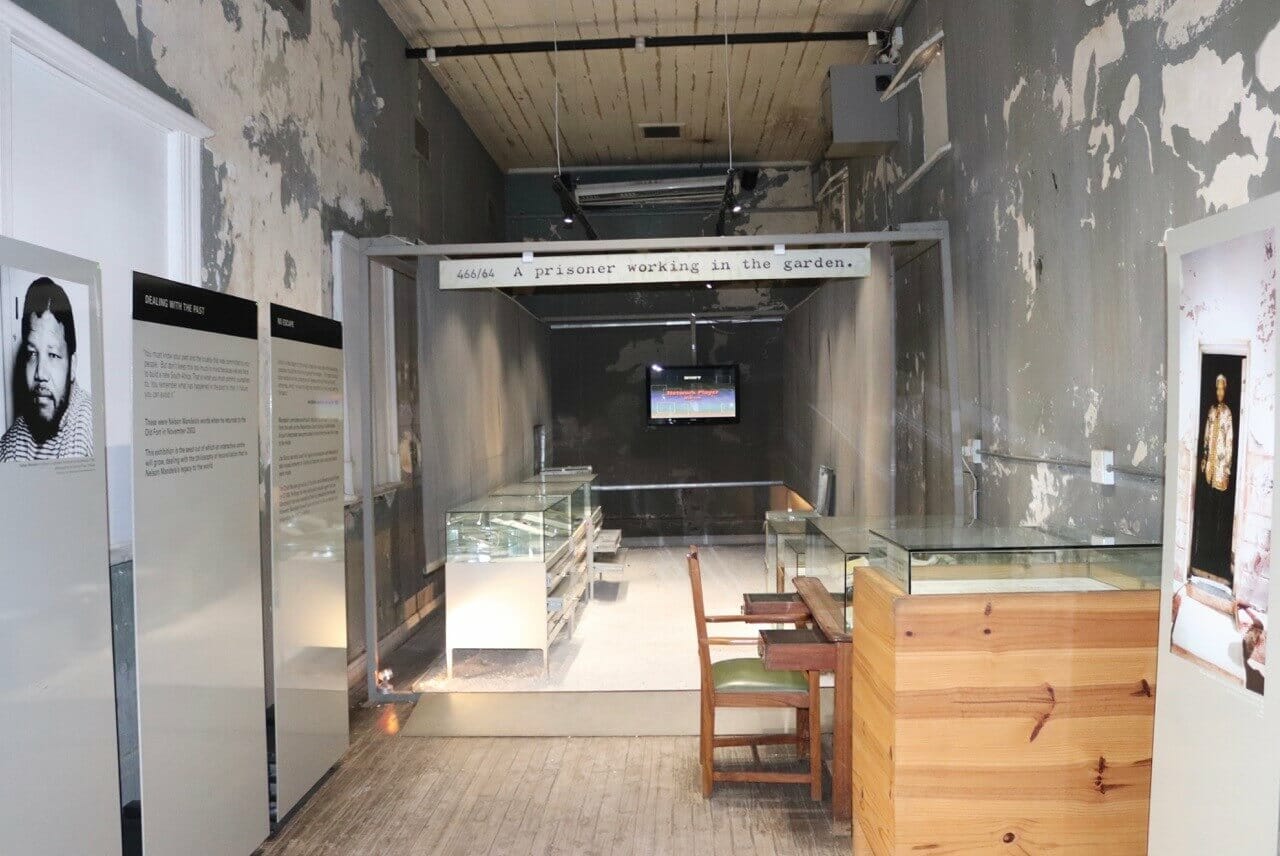
I really recommend taking a guided tour during your visit!
Hearing about the history of some prisoners’ lives, the treatment they were submitted to, seeing the conditions of the cells, learning about dietary regimes determined by skin colour, the work they were forced to do (women had to clean the floor extensively for hours in order to keep them busy), the prison’s hierarchy and the torture and humiliation they suffered (men had to perform “tausa”, a naked “dance” in which they would expose their rectum to the warden’s inspection), is shockingly disturbing.
But at the same time, it’s a great way to understand black people’s struggle for freedom, which was quite remarkable in this country.
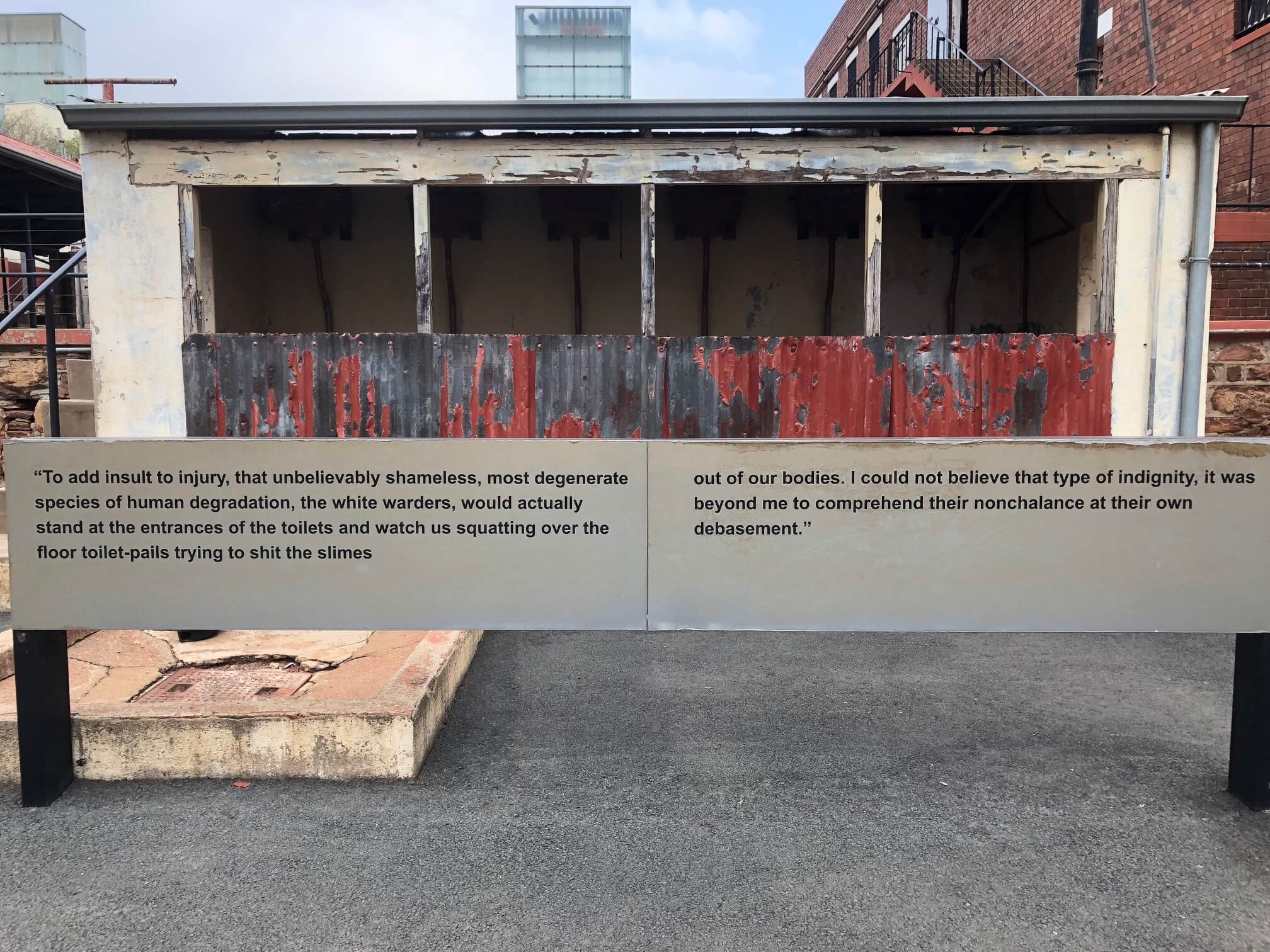
Don’t miss Constitution Hill when you visit Johannesburg! Book your ticket online in advance.
3 – Soweto: the township stereotype breaker
Soweto was another place that I really wanted to see in Johannesburg.
A separate city from the late 1970s until 1994, Soweto, an acronym for South Western Townships, was originally populated mostly by native African workers from the gold mining industry.
During the apartheid regime, those areas were designated as non-white areas in accordance with segregation policies.
Soweto was the epicentre of many conflicts between the government and the black community, including the 16th of June 1976 uprising that began in Soweto, spread countrywide, and culminated in the death of many students, among them the 12-year-old Hector Pietersen, who became a martyr and in whose honour a museum and a monument were created
Nowadays Soweto is full of attractions such as the Nobel Laureate Walk, the only street in the world where two Nobel Prize winners had lived; the Mandela Museum; Orlando Towers (the most distinctive landmark in the neighbourhood); the Hector Pietersen Memorial and Museum, etc.
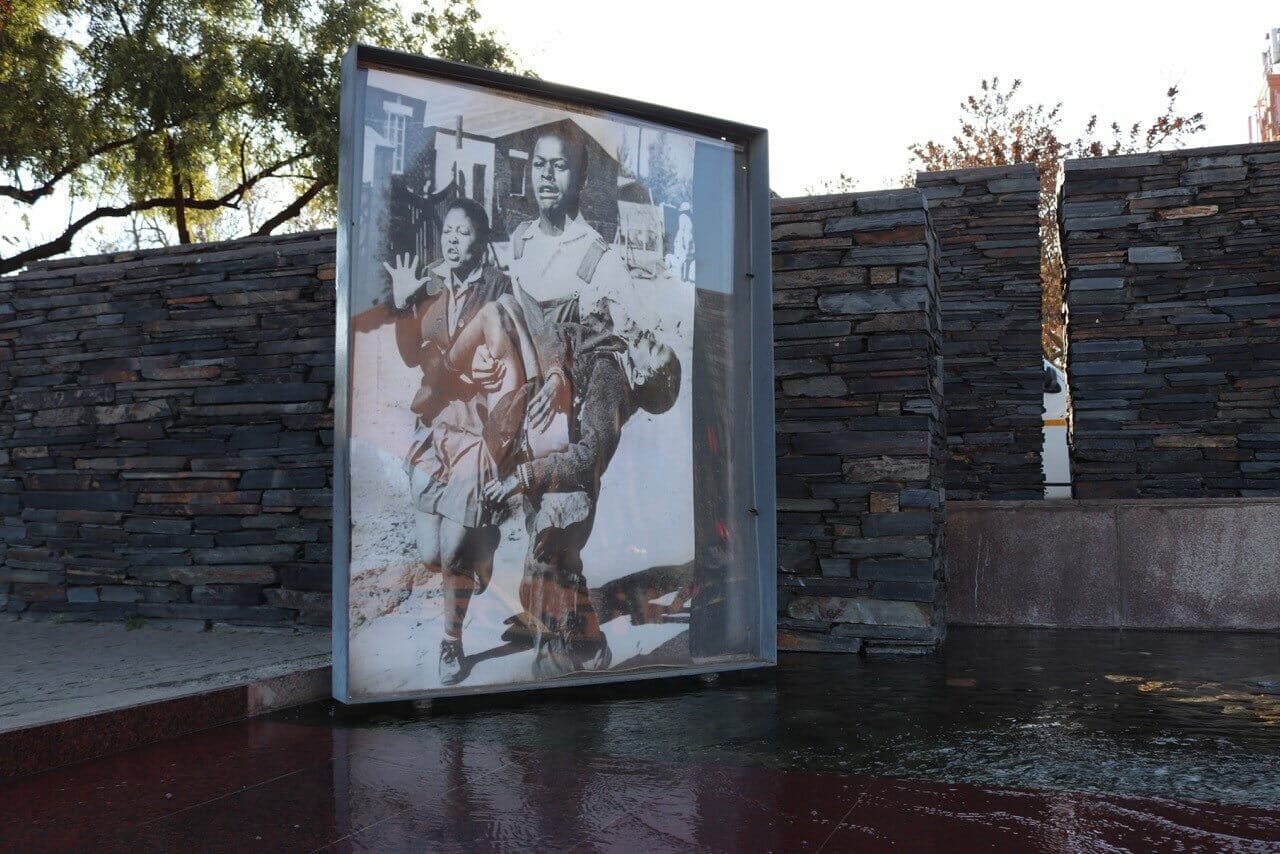
I took a Soweto bike tour and it was extraordinary. The guide was very enthusiastic and proudly took us around his neighbourhood. I can tell you that Soweto seems more like a poor neighbourhood that could be anywhere else in the world than a “proper” township.
We did cycle along streets with running water and piles of garbage, but mostly we were on tarred streets surrounded by very nice houses.
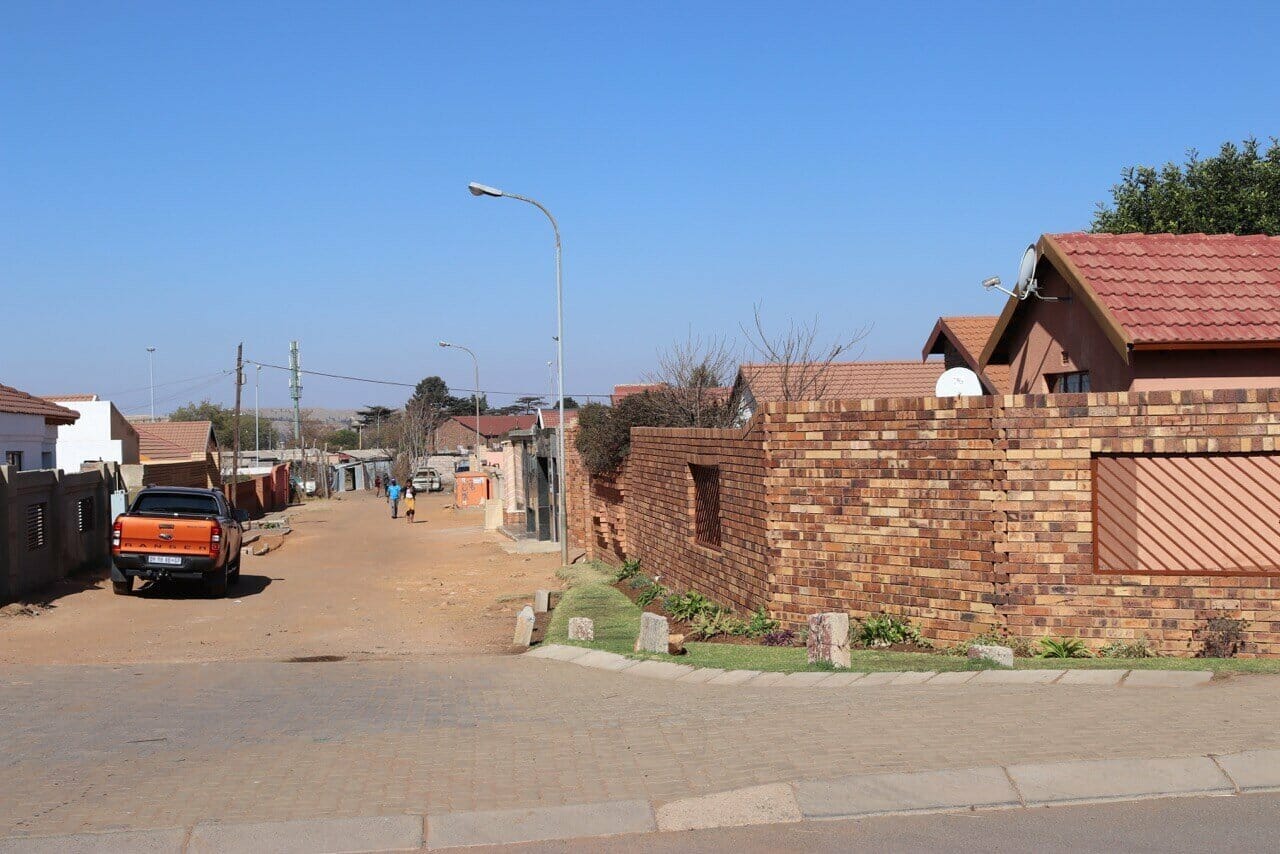
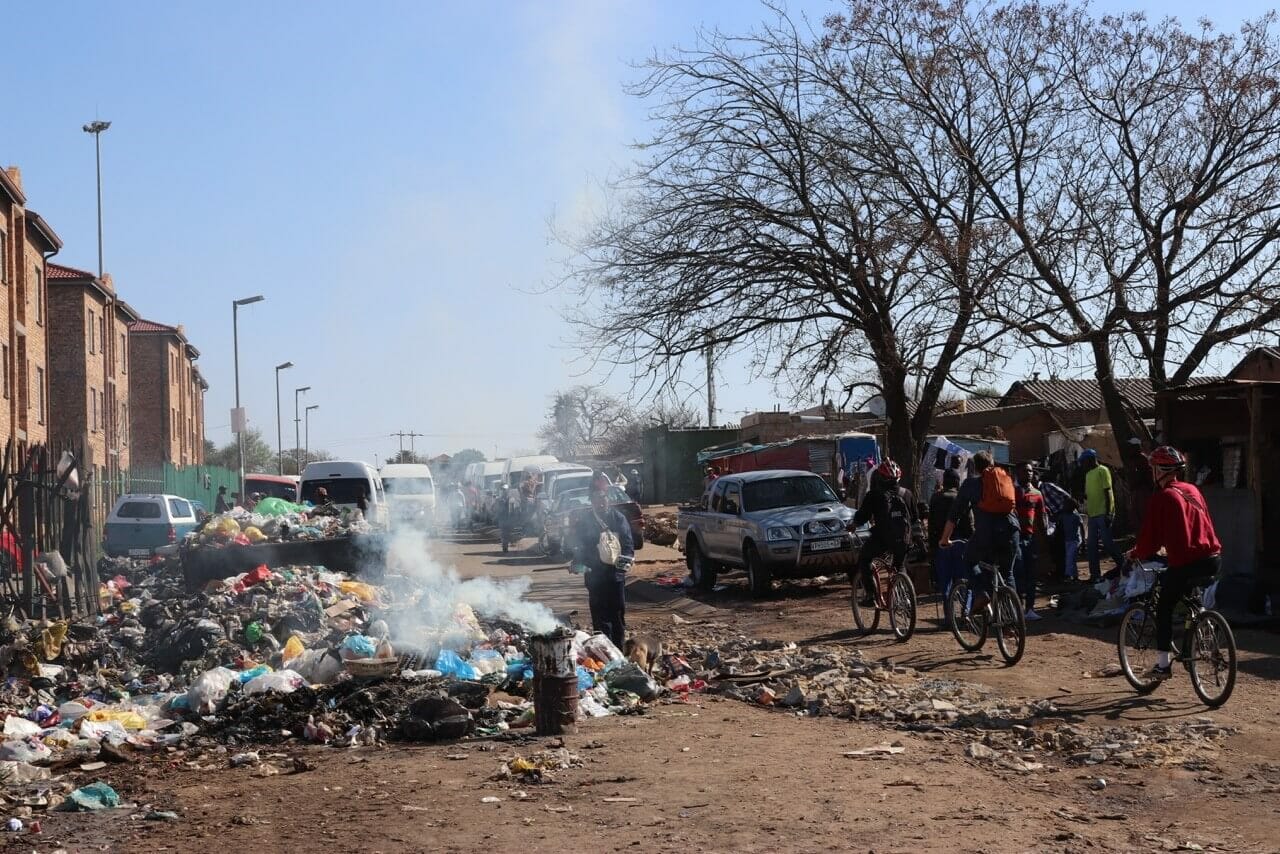
You should definitely visit Soweto!
The ideas, stereotypes and preconceptions you have of townships might change completely.
4 – Maboneng: one of the coolest neighborhoods in the world
You probably have heard of Manhattan in New York and the fashionable Soho district in London. But what about Maboneng in Johannesburg?
Well, this neighbourhood was considered by Forbes in June of 2018 to be one of the 12 coolest neighbourhoods around the world. “A no-go zone until the end of Apartheid in 1994, Johannesburg’s Maboneng has since transformed into a lively urban area with blossoming art and culinary scenes”.
You can feel Maboneng’s vibrant and unique character on its streets, buildings, restaurants and people who come to enjoy its fine art galleries and museums, markets, lively rooftop bars and amazing parties.
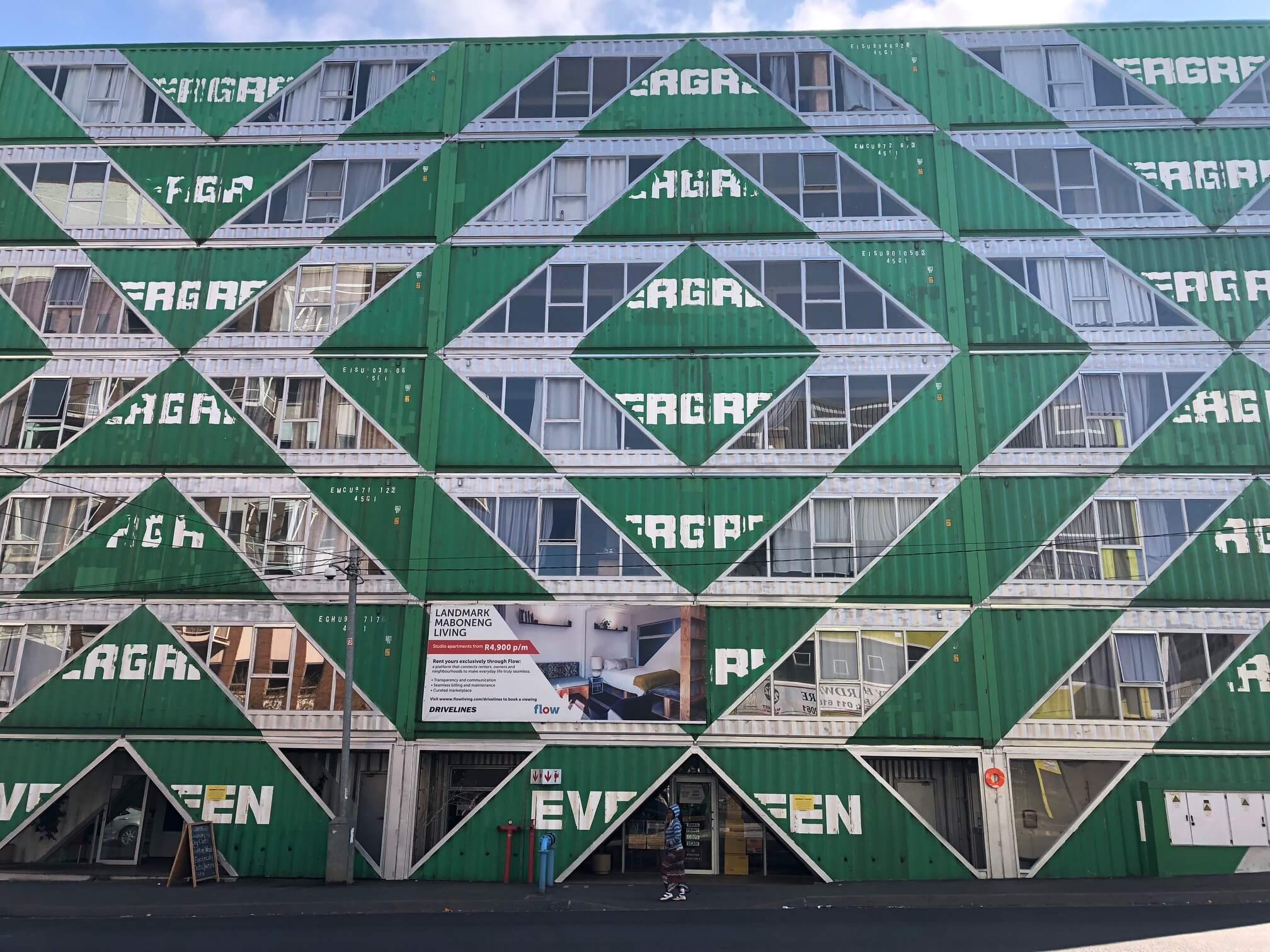
Definitely one of the reasons that I loved Joburg was because I stayed in Maboneng.
I had a great time watching the sunset from the Living Room Rooftop Bar, the music, people and view were awesome; enjoyed the food and live music at Pata Pata Restaurant; met some amazing people at the markets; and had a lot of fun partying at Shakers, a cocktail bar with good DJ’s mostly frequented by locals.
You can’t miss Maboneng while visiting Johannesburg!
5 – The lively Markets
Biltong, international food, locally produced South African clothes and accessories, “Exotically divine” dishes, African crafts, live music and cool people. These are just a few examples of what you can find in Johannesburg’s markets.
They provide more than an alternative shopping experience but a way to explore Joburg as you’ve never seen before.
There are many indoor and outdoor markets in Johannesburg and the three most popular ones are: Market on Main (in Maboneng), Neighborhoods (in Braamfontein), and Rosebank Sunday Market (in Rosebank).
I only had the opportunity to visit two weekend markets and I adored them.
The Neighbourgoods Market, located in the heart of the city in a 15-storey building, is open every Saturday from 9h to 15h and the first Thursday of every month from 17h until late. On the two floors, there are plenty of things to buy, delicious artisanal food, craft beers and cocktails. But the best is definitely the rooftop which provides a great view of the city and also a place to soak in the sun and listen to live music.
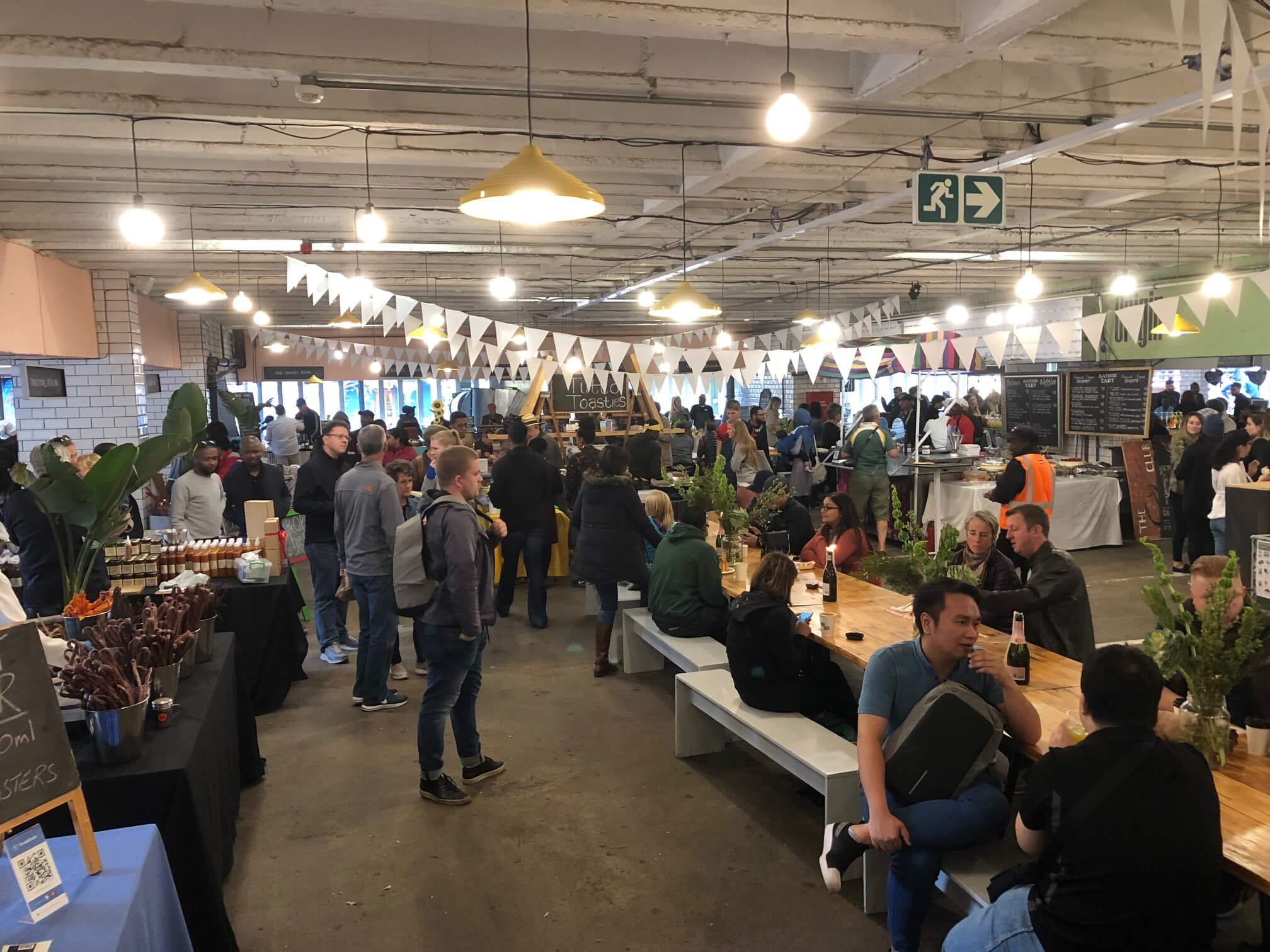
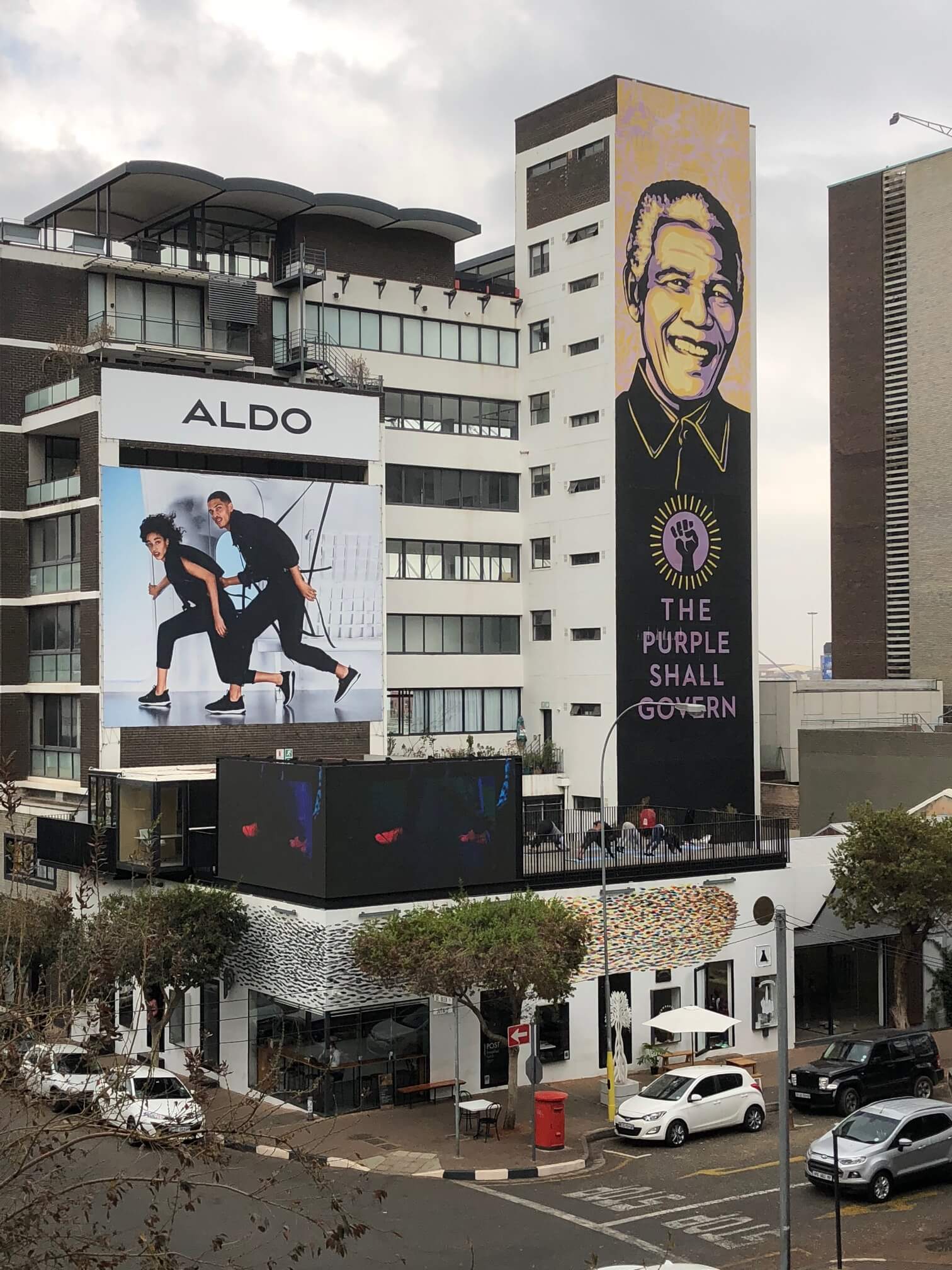
Market on Main, located in an early-1900’s converted bonded warehouse, and open every Sunday from 10h to 15h, is another market that I really liked. This market is also part of the Arts on Main complex, which features artist studios, galleries and quirky shops.
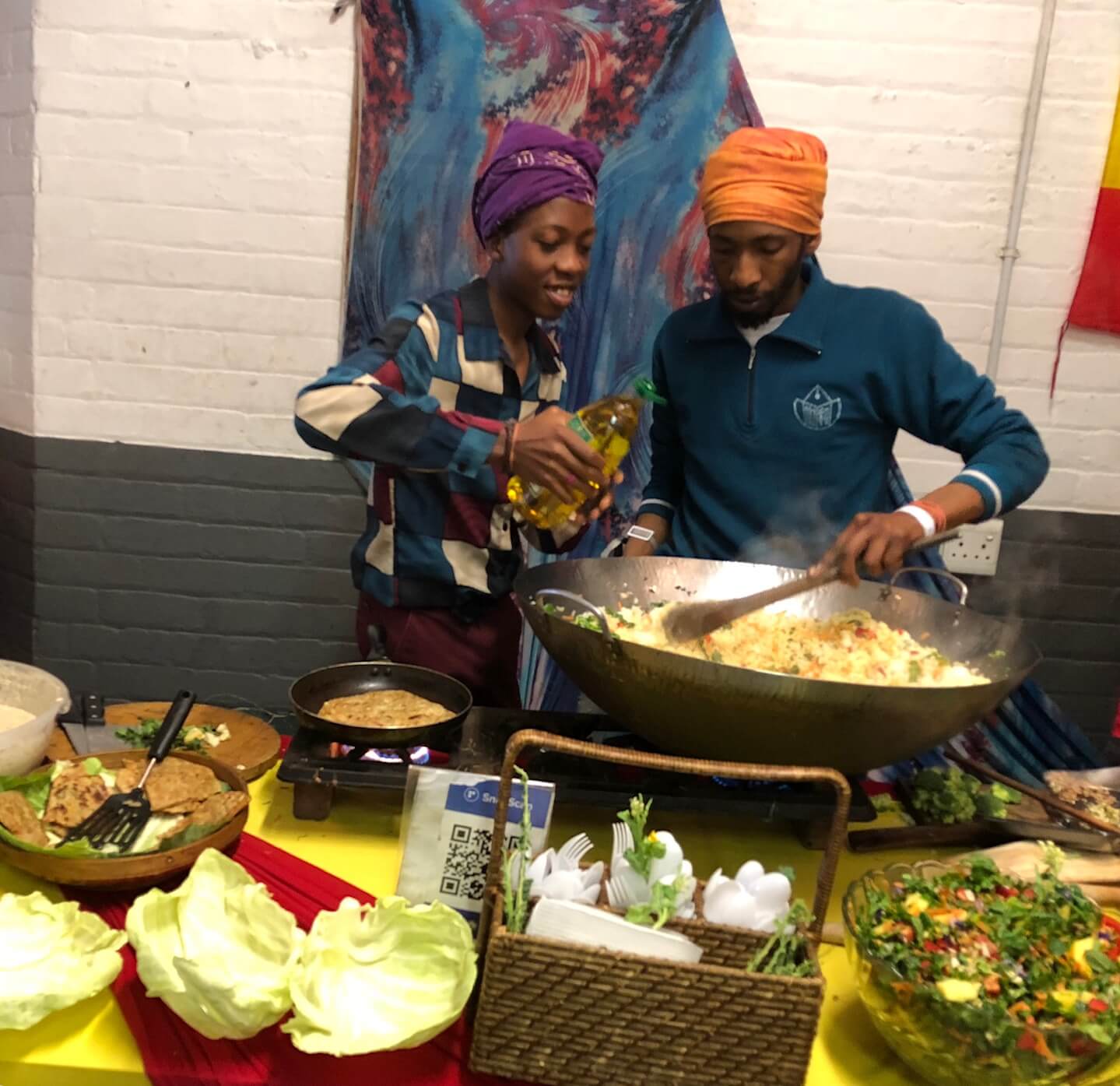
6 – The Friendliest People in South Africa
If you think that South Africans are friendly, wait until you get to Joburg.
I spent a very short time in the city, but I met some really cool people. Actually the friendliest ones I met during my 40 days in South Africa.
I talked to people at the markets, bars, restaurants, parties, and cab drivers, and they were all warm and sociable.
While I was doing the Soweto bike tour, many locals on the streets were saying, “Welcome to Soweto” and waving at us. It was very touching to notice that those people were truly happy with our presence and I did feel very welcome.
When you visit Johannesburg, don’t miss the opportunity to make new friends. It’s a cosmopolitan city with very amicable and open-minded people.
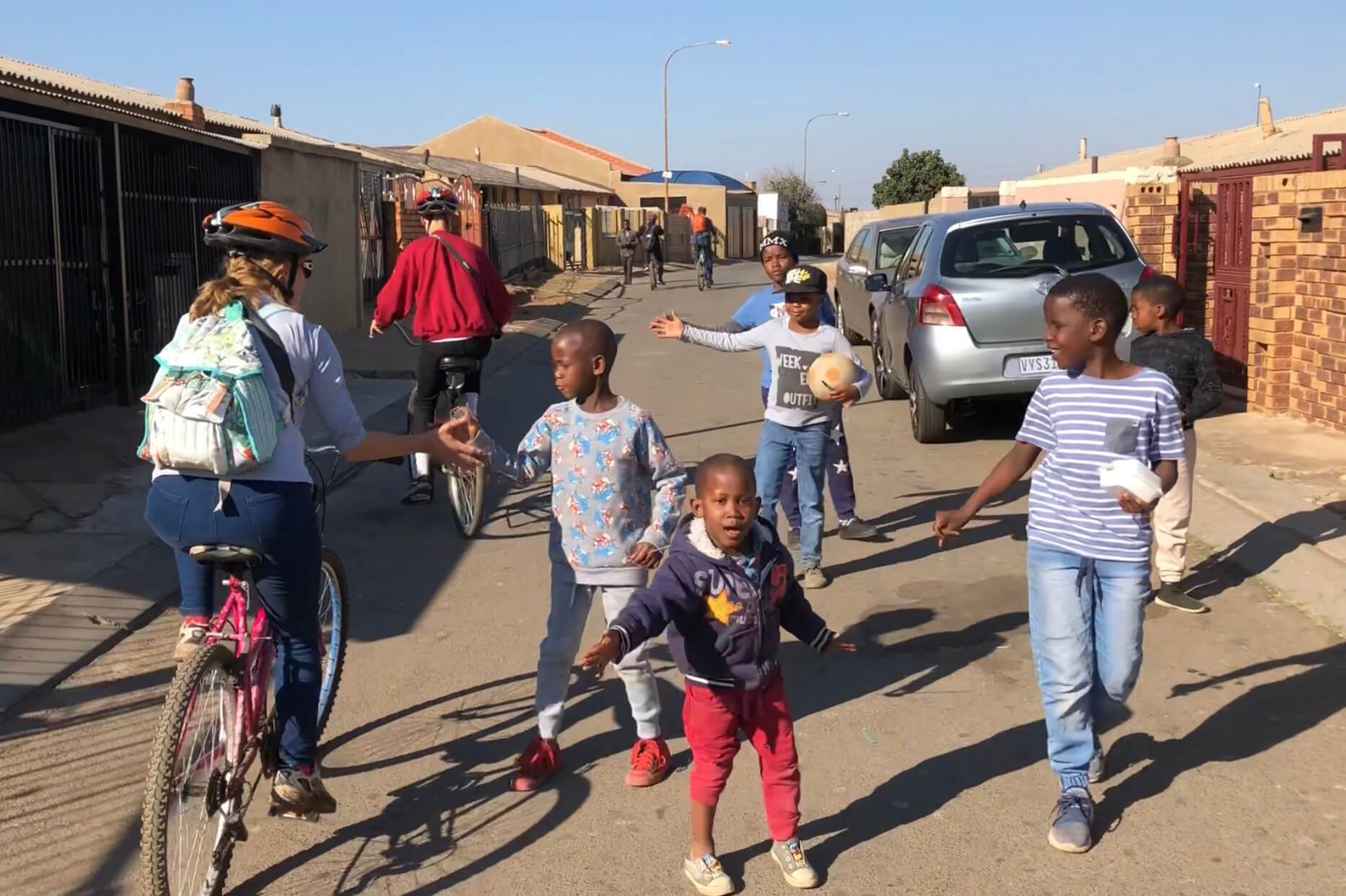
The only reason You won’t Visit Johannesburg
The city is quite dangerous
Many people decide not to visit Johannesburg when travelling to South Africa because they consider the city unsafe and not interesting.
The city has a very high crime rate in part caused by immense poverty and inequality.
I can confess that looking through the cab’s window from the train terminal to the city centre, Joburg seemed a horrible and unattractive city, with many abandoned buildings, dirty streets and homeless people.
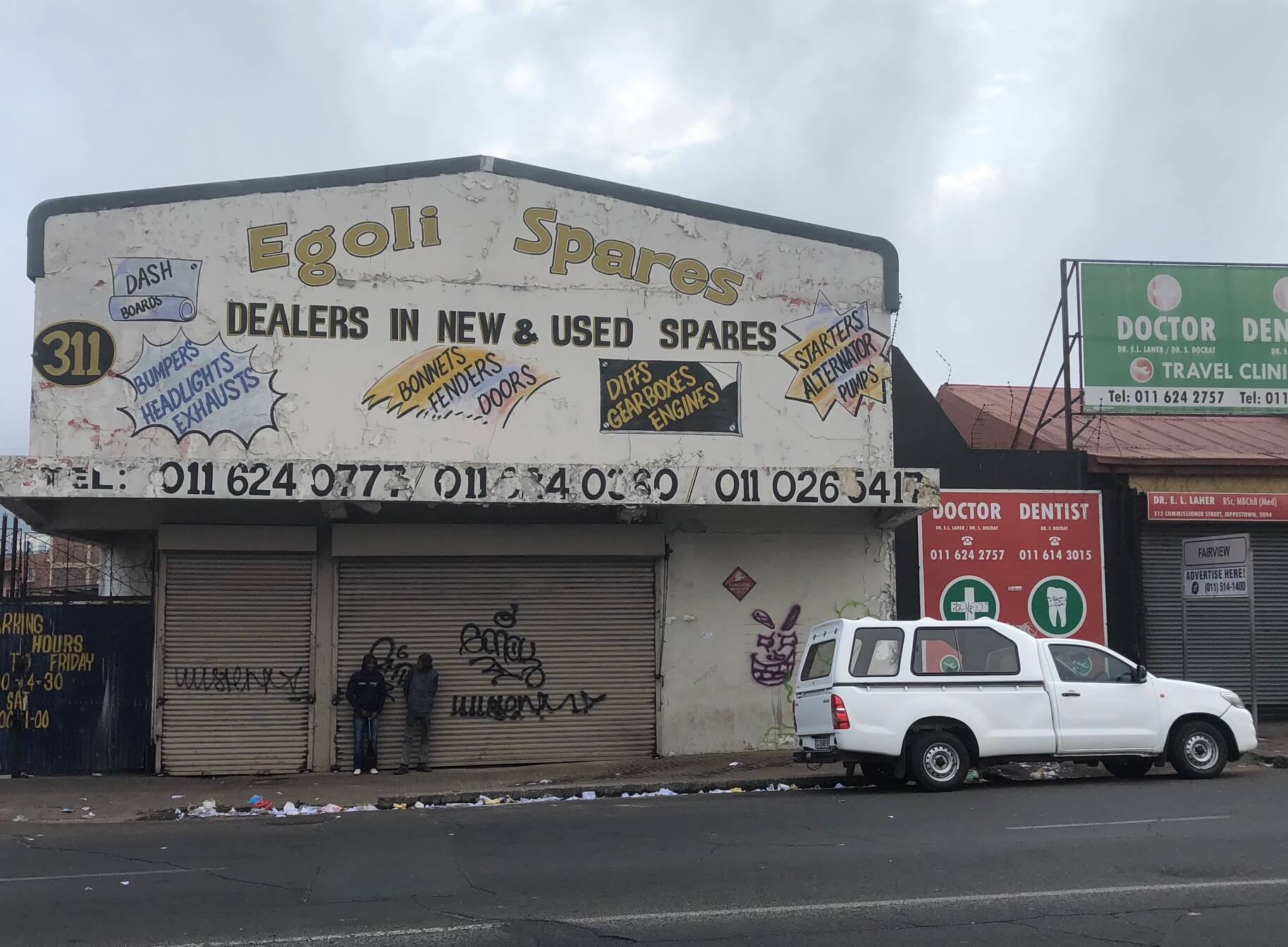
During my trip, some local friends told me to be careful while in Johannesburg, but to be honest, I didn’t take their advice seriously and almost paid a high price because of that.
In my first 5min in the city people tried to rob me twice… But even though that happened, I still loved Joburg!
So, be vigilant, keep your valuables out of sight if you can and always listen to local people’s advice.
Be also prepared to take cabs / Uber constantly because there are many unsafe zones in Johannesburg and you can’t walk from one tourist attraction to another. Unfortunately!
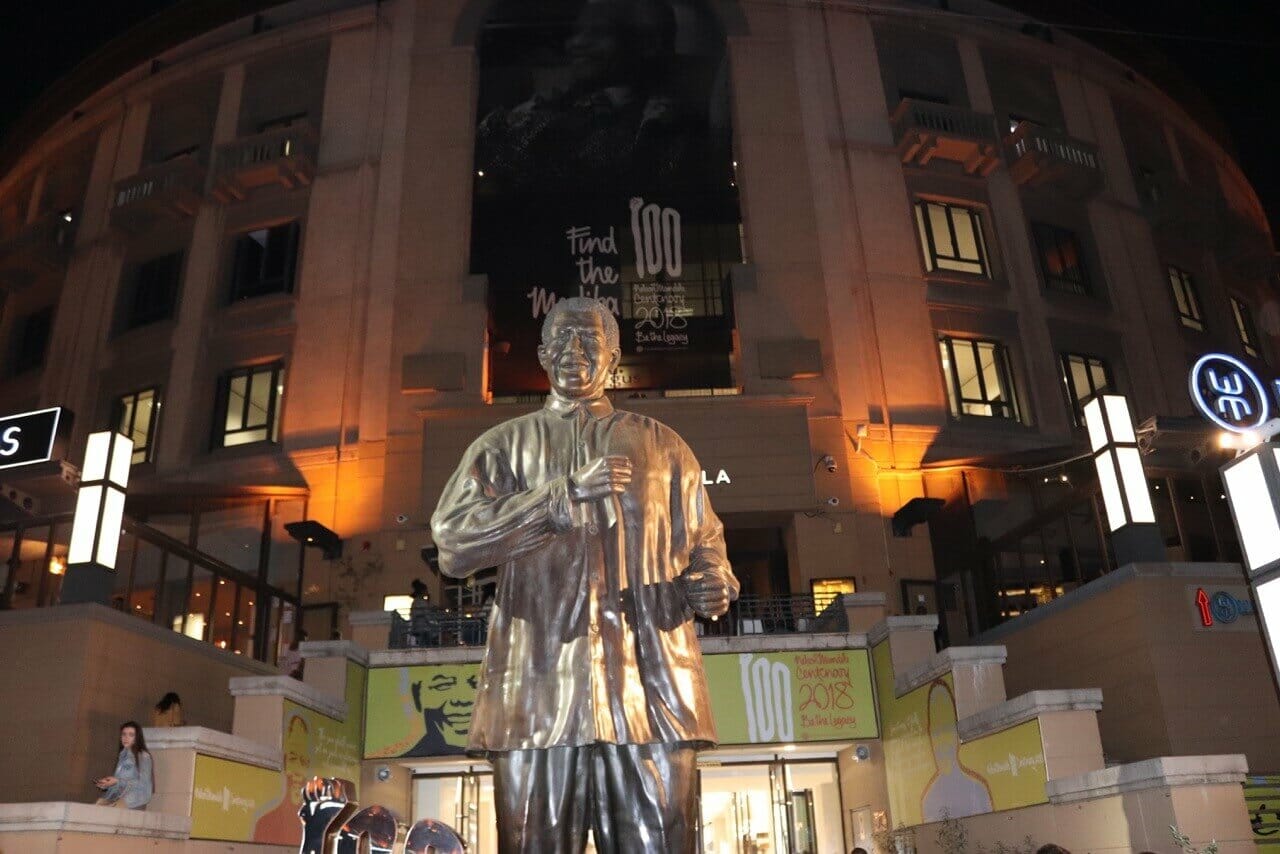
These are just 6 reasons why visiting Johannesburg is worthwhile, but of course, there are many more.
Don’t let Johannesburg‘s enduring reputation for crime put the city off your list. Just be aware rather than panic and you might also love this city too.
Safe travels and have fun in Jozi.
You may also be interested in:
- Cape Town Beaches: The 7 Best & Most Beautiful Ones (With Map)
- Lions Head Hike: Everything you Need to Know
- Sabi Sands & Kruger Park Safari: A Once-in-a-Lifetime Experience!
- Safari at Addo Elephant National Park: What to Expect
- Bloukrans Bridge Bungee Jump: One of the Scariest Experiences of My Life!
- Exquisite Stellenbosch Wine Tour & HotSpots2C
- Garden Route + Addo Elephant Park With HotSpots2C
Don’t forget to buy travel insurance, which can literally be your lifeline if something happens to you and if your luggage is lost or stolen.
I always use World Nomads Travel Insurance for independent travelers. It’s easy to buy, extend & claim online, even after you’ve left home.
Get your travel insurance here.
Johannesburg, South Africa – Travel Information
Where is Joburg?
Johannesburg is located on the Highveld, a plateau region in South Africa, at an elevation of 1,750 m (5,740 ft). (Check the exact location here).
How to get to Johannesburg?
Johannesburg is served principally by OR Tambo International Airport for both domestic and international flights. Lanseria Airport, located to the northwest of the city and closer to the business hub of Sandton, is used for commercial flights to Cape Town, Durban, Port Elizabeth, Botswana, and Sun City.
You can buy your ticket here with Skyscanner, which is the website that I use, trust and recommend.
The rapid rail link, Gautrain, connects the OR Tambo International Airport to the districts of Sandton, Midrand, Sandburg, and Rosebank, and central Johannesburg to Soweto, Pretoria, and most of the satellite towns along the Witwatersrand.
To move around the city the best thing is to get an Uber and I really recommend you set up an Uber account. Another option is the Hop-On Hop-Off bus.
What is the best time to go to Johannesburg?
Johannesburg enjoys a sunny climate, with the summer months (October to April) characterized by hot days followed by afternoon thundershowers and cool evenings, and the winter months (May to September) by dry, sunny days followed by cold nights.
Temperatures in Johannesburg are usually fairly mild due to the city’s high elevation, with an average maximum daytime temperature in January of 25.6°C (78.1°F), dropping to an average maximum of around 16°C (61°F) in June.
The best times to visit Johannesburg are from March to May and September to November. During these low-season months, crowds lessen, prices drop and the weather is relatively warm and dry.
I visited Johannesburg in August and the weather was very dry and chilly at night.
Where to stay in Johannesburg?
If you’re looking for accommodation in Johannesburg my recommendations are:
Budget: Curiosity Backpackers and Hotel Galaxy Tower
Great Cost/Benefit: Signature Lux Hotel by ONOMO, Mercure Johannesburg Sandburg and Sunnyside Park Hotel
Luxury: Radisson Blu Hotel Sandton, Protea Hotel by Marriott Balalaika Sandton and The Michelangelo Hotel
More Johannesburg Tours
Don’t forget to save this pin for later 😉
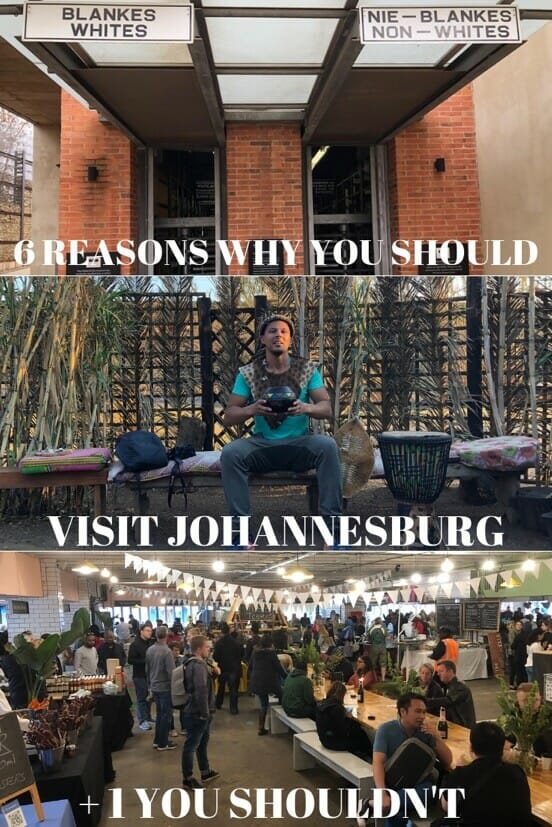
- Book Your Flight Find deals on airlines on my favorite search engine: Skyscanner. Be sure to read my How to find cheap flights article.
- Rent A Car Rental Cars is a great site for comparing car prices to find the best deal.
- Book Accommodation Booking.com is my favorite hotel search engine. But Hotels.com and Hilton Hotels have very interesting reward programs.
- Protect Your Trip Don’t forget travel insurance! I always use World Nomads for short-term trips and SafetyWing for long-term ones. Find out why Travel Insurance: Much More Than a Precaution, a Necessity.
- Book Tours in Advance Book unforgettable experiences and skip-the-line tickets with GetYourGuide or Viator .
- Book Ground Transportation BookaWay offers a stress-free experience with secure payments and no hidden fees. You pay online and receive your itinerary by email.
- Luggage Solutions Rent your luggage with Cargo or if you need to drop off your own luggage and enjoy your time without dragging it all over a city, find a LuggageHero shop here.
- Get a Travel Card Revolut Card is a pre-paid debit card that enables cash machine withdrawals in 120 countries. I’ve been using my Revolut Card for over a year and never paid foreign-transaction fees again. Get your Revolut Card with free shipping here.
- Packing Guide Check out my How to Pack a Carry-on Luggage For a Five-month Trip to help you start packing for your trip. Don’t forget your camera, chargers and other useful travel accessories. World Nomads provides travel insurance for travelers in over 100 countries. As an affiliate, we receive a fee when you get a quote from World Nomads using this link. We do not represent World Nomads. This is information only and not a recommendation to buy travel insurance.


You list some great reasons to visit Jozi in your post! And sadly, yes, South Africa in general is not very safe and exploring on foot is not advised. As a South African myself, I wouldn’t recommend walking anywhere in Gauteng actually. Even at shopping malls, you need to be vigilant. Also, never carry ANY valuables with you and actually hold on to your bag if you are carrying one. If you are driving, don’t put your bag on a seat and dont open your window more than a few inches.
South Africa is an amazing country, but you really do need to be more aware of your surroundings than other destinations in the world.
Thank you so much Mariza!!
I’m planning to go to South Africa again. But this time during the summer.
Cheers
Great post! We spent 3 weeks in Joburg at a house sit and we visited Maboneng a few times. It can be a dodgy city, for sure. We were warned to not go at all, but are so glad we did. It was an amazing experience.
Thank you so much Zachary!!
I’m really glad to hear that you had an amazing experience in Joburg 🙂
Cheers
Great post, Pericles!
Thank you so much!!! 🙂
My daughter’s husband works for thee US State Department and has just been assigned to the US Embassy in Johannesburg. They have two children aged 8 & 12. I must admit I’m very concerned about their safety there.
Hello Chuck.
I understand your concerns, but I believe they will be fine because they will have security.
People are very friendly in Johannesburg and despite the city looks a bit scary, it is very nice.
Cheers and all the best Chuck.
Mi novio se encuentra en Sudáfrica desde marzo 2021, e estuvo en viaje de negocios una mañana fue al banco hacer un depósito y lo atracaron le quitaron sus tarjetas se quedó sin dinero el llamo al banco para que bloquearan sus tarjetas, mientras estuve enviando dinero desde los Estados Unidos, Para que el sobreviviera, cuando intento regresar a casa dio positivo al COVID estuvo grave , duro un mes y medio interno , sin dinero, sin comida, y sin techo, y lo peor es que decía que tenía que comprar electricidad, yo nunca lo pude creer pensé que me decía mentiras, nunca creí que alguien podría pasar una situación así en jonagensburgo.
Que lástima Susana. Lo siento muchísimo.
Espero que su situación esté mejor.
Saludos y que Dios bendiga a ustedes.
It’s a pity what happened to Susana’s husband. It really is unfortunate because it gives the rest of us honest Johannesburgers a bad name. But what I will say is that things like this don’t happen all the time. It was recently discovered that criminals have been working hand-in-hand with bank tellers who give information to criminals about people making large withdrawals and setting them up to be robbed, but the law is coming down hard on them as they are being caught more often now and banks have been more strict with regards to the use of communication devices during office hours…..
Hello Mohapi.
As a Brazilian, I know how you feel.
Unfortunately, such things happen. We don’t have control over it.
However, we can educate people, particularly tourists, to avoid these traps.
Thanks for your comment and stay safe.
All the very best.